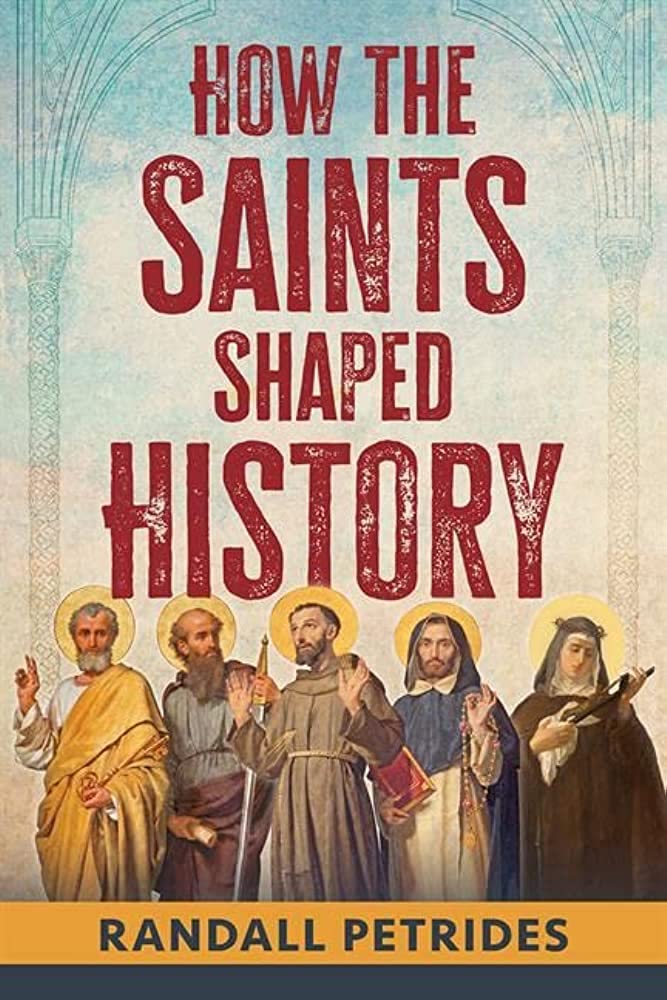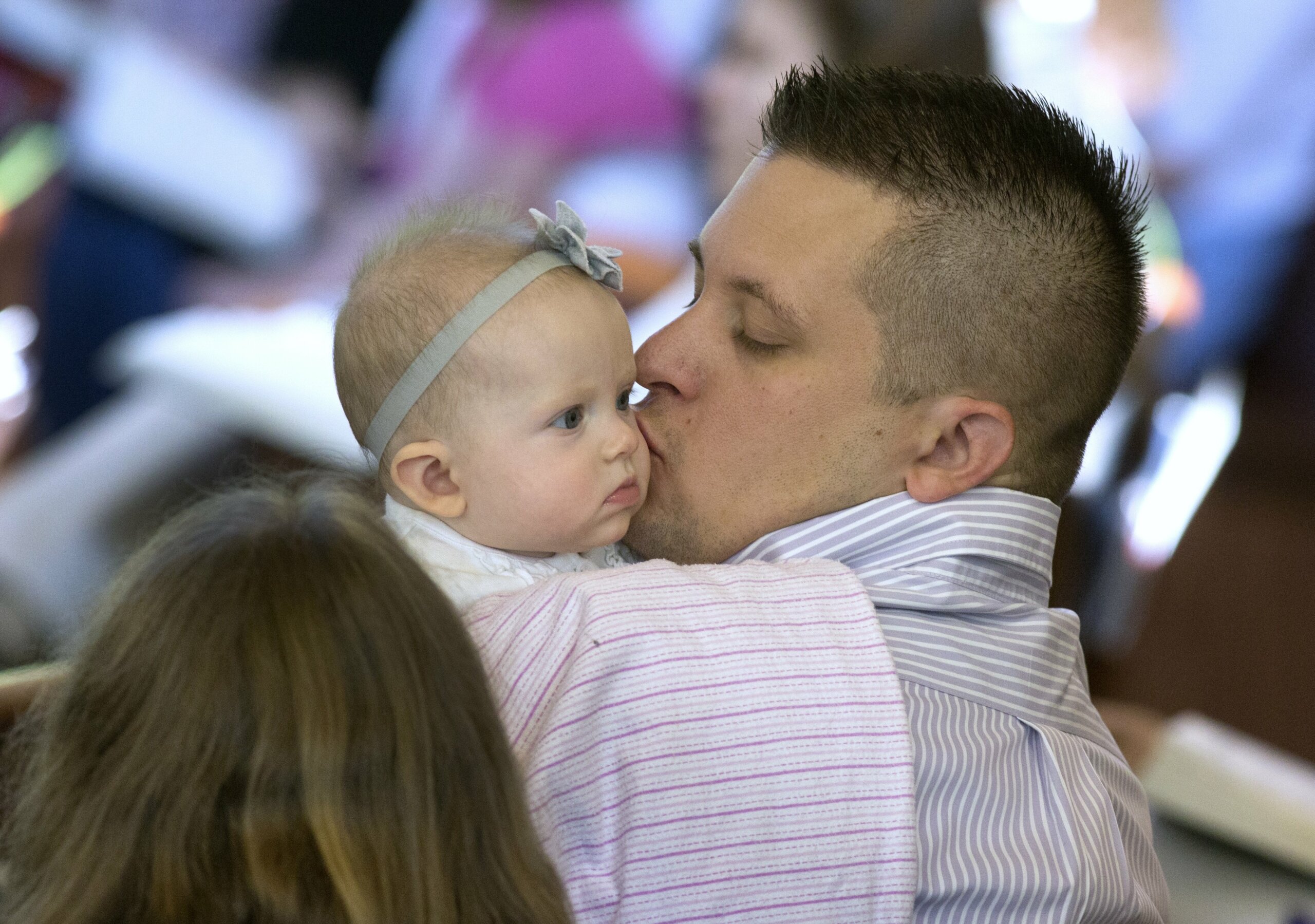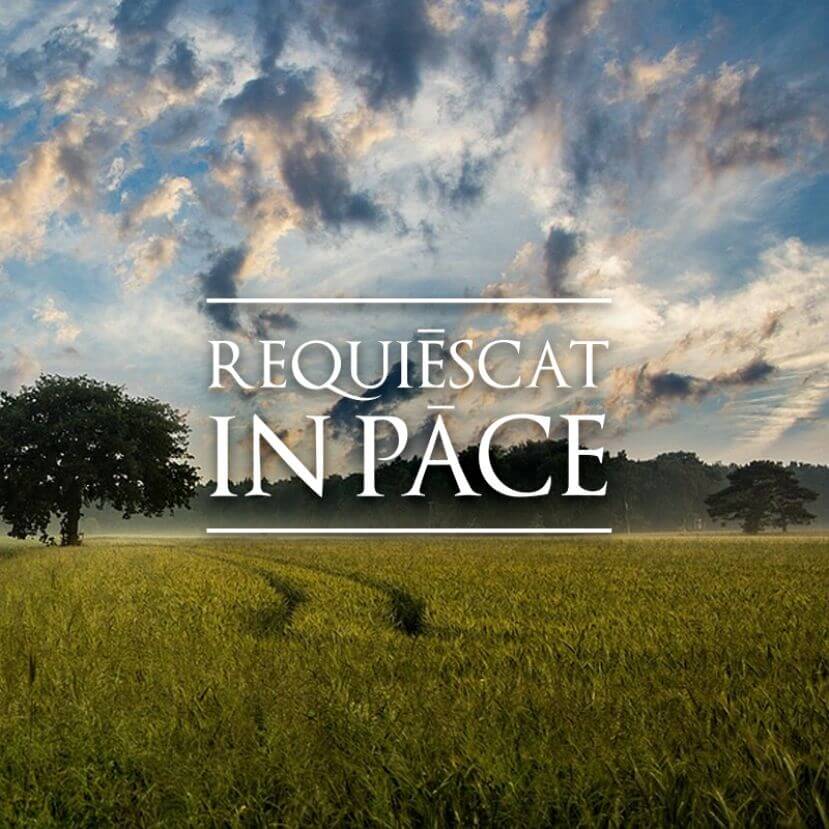
After Jesus had revealed himself to His disciples and eaten breakfast with them, He said to Simon Peter, “Simon, son of John, do you love me more than these?” Simon Peter answered Him, “Yes, Lord, you know that I love you.” Jesus said to him, “Feed my lambs.” He then said to Simon Peter a second time, “Simon, son of John, do you love me?” Simon Peter answered Him, “Yes, Lord, you know that I love you.” He said to him, “Tend my sheep.” He said to him the third time, “Simon, son of John, do you love me?” Peter was distressed that He had said to him a third time, “Do you love me?” and he said to Him, “Lord, you know everything; you know that I love you.” [Jesus] said to him, “Feed my sheep.”
In this very private scene where Peter confesses his love for Jesus after his three-fold denial of Jesus on Holy Thursday, one can rightly interpret three degrees of feeding. There is the feeding of the physical body with food. There is the feeding of the eternal soul with the Eucharist. And lastly, there is the feeding of the emotions with love.
Each feeding responds to a particular need: hunger, salvation, and love. Every person is “hungry” to have those three needs satisfied. In most cases, I don’t recall anything particular about feeding the hungry with food — unless it was the homeless man who wanted Campbell’s chicken soup. I don’t recall anything unusual about feeding the people with the Eucharist at Mass — there are hundreds every week. But, from time to time, I do remember feeding the loveless one with love.
Once I was giving a lecture in a parish hall, and a young man wandered in. He had longish hair and was wearing a baseball cap. Right away my guard went up thinking there might be trouble. But he sat down and was respectful, although he kept his eyes closed for the entire hour.
Afterward, he started to leave, and I thought, “Oh, good he’s going. He won’t bother me.” Then he turned around and came back in to where I was sitting and sat down. He proceeded to talk to me. He said that his parents told him that he had schizophrenia, and they were concerned that he wasn’t taking his medication. He fought with them and said he doesn’t need medication and left home. He was living out of his car and was roaming the country. He was only 23 years old. He told me about getting into fights. About hearing voices. About seeing UFOs coming to get him. About people who had been kind to him. About colors talking to him. About his love life. About getting in car accidents. About his philosophy of life.
As he was talking, I was tempted to correct some things that he was saying that were irrational, but instead I simply responded with a smile, a calm voice and a sense of humor to get him laughing. I offered him my energy bar and some water — which were all I had to give. But the Lord touched my heart deeply that afternoon with a deep affection for him because this lost 23-year old was the hungry sheep who needed to be fed — not with food, not with the Eucharist, but with love during the 30 minutes we had together.
Sometimes that’s all we have to give to the homeless youth, the elderly woman with Alzheimer’s, the spouse with hearing difficulty or the child with disabilities. Jesus brings into our lives various sheep, and He asks us to feed them — in one way or another.
—Father Lance Harlow is pastor of Corpus Christ Parish based in St. Johnsbury.
—Originally published in the Fall 2023 issue of Vermont Catholic magazine.





